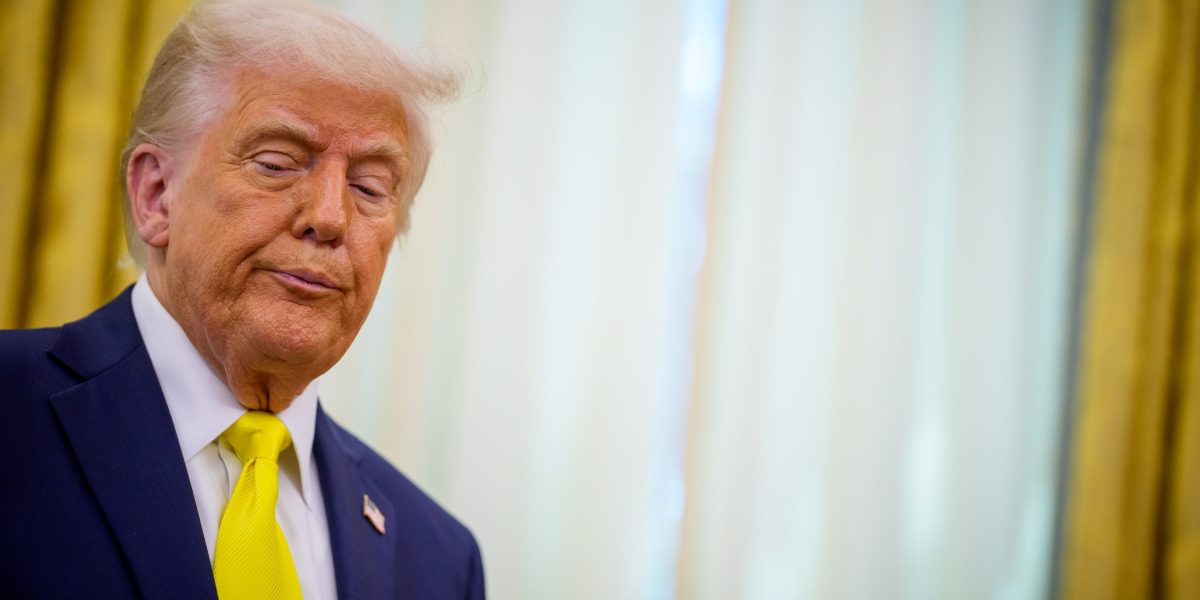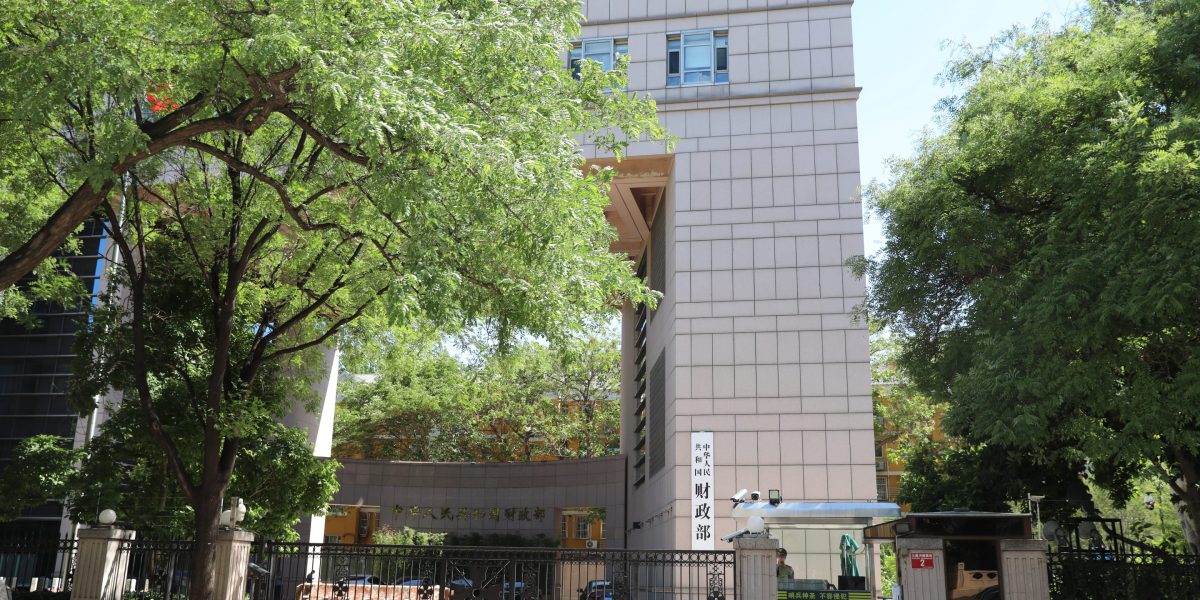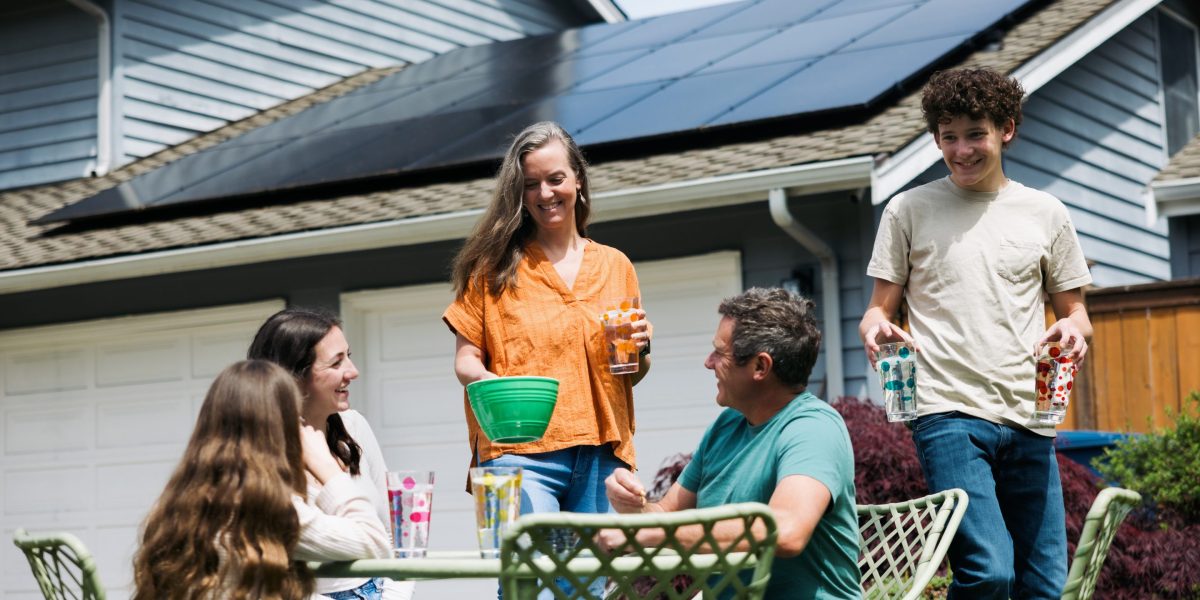Todd Dabney, who’s been going to the Burning Man festival since 2011, needed a way to keep his tent cool under the baking Nevada sun. So the IT consultant created what he calls “the ultimate swamp cooler” out of a heavy-duty plastic storage container, pumps, tubes and a fan.
Powering the device is a 385-watt JinkoSolar panel that he snapped up on Craigslist several years ago from a nearby seller for $100. Dabney recalls that the seller was upgrading his solar array and getting rid of his current panels, which were about five years old.
“There was no reason to buy new panels” for the cooler, he says. “I knew I was taking this to Burning Man, and it’s going to get dusty and beaten up.”
As factories turn out more and more new panels, the supply of used ones increases in turn. Dabney is among a group of solar shoppers in the US who opt to buy them secondhand, often through listings on eBay, Craigslist and Facebook Marketplace. On message boards like Reddit’s r/solar and the DIY Solar Power Forum, thrifters can share their experiences and swap installation tips.
Pre-owned panels are an attractive option for the frugal, as well as DIY enthusiasts, tinkerers and homesteaders. Their cost varies with age and output. Older panels, which usually have lower wattage, can be found online for under $50. Newer ones tend to have higher wattage and can cost several times as much. But any secondhand panel from the next town over will be tariff-free, whereas the majority of new panels installed in the US are imported, so subject to a levy.
Read more: US Solar’s Hoarding Habit Will Help Blunt Sting From Trump Tariffs
Giving the modules a second life has environmental benefits, experts say, and as more solar is installed globally, the niche used market could grow.
Arizona-based SanTan Solar sells both new and used panels through its website and eBay. Its parent company, Fabtech Solar Solutions, runs a solar recycling business that takes panels from decommissioned projects and tests them for quality. SanTan sells the used modules with a one-year warranty.
Interest in pre-owned panels spiked during the Covid-19 pandemic, when Americans were spending more time at home, according to SanTan sales manager Rusty Thatcher. “The primary end-users are people that are more energy independent, that are really more budget conscious — they’re really looking for a cheap alternative to other energy sources,” Thatcher says. They might want to set up a solar system for their RV or need to replace part of an existing array, he adds.
Sameer Sajid turned to Facebook Marketplace in his search for pre-owned solar to power a charging station for his e-bike, a project he undertook “just for fun.” Within a day, the Massachusetts-based software engineer found a seller near him offering a 250-watt Renogy-brand panel.
He bought it — along with a charge controller, needed to regulate the flow of energy to the bike’s battery — for $100. Setting up the charging station took less than 30 minutes, he says.
“If you’re trying to do it as cheaply as possible, used is 1,000% the way to go,” Sajid says.
Going used also avoids sending working panels into the waste stream prematurely. The International Renewable Energy Agency estimates that the cumulative waste from photovoltaics will reach 4 million tons globally in 2030, and almost 50 million tons in 2040.
Read more: The Quest to Make Clean Energy Even Cleaner
Panels typically have a warranty of 30 years, but many don’t reach their full lifespan before being replaced. Their manufacturing results in the same environmental impacts whether they’re in use for three years or three decades.
“Once you’ve manufactured a PV panel, extending its lifetime through reuse amortizes the sunk, or embodied, environmental impacts over more electricity generation, reducing the per kilowatt-hour impacts,” says Garvin Heath, principal environmental engineer at the National Renewable Energy Laboratory and an expert on lifecycle assessment of energy technologies.
Still, used modules aren’t for everyone or every project. There’s the obvious drawback of having to vet quality from a classified ad. Shipping panels from far away can cause costs to spiral. Low-wattage or damaged panels may have a tempting price but weak output, especially since panels’ efficiency declines slightly over time. And panels often represent just a fraction of the total cost of setting up solar. The other parts required — like an inverter, wiring and, in many cases, a battery — quickly add up.
New solar panels are already very cheap thanks to their abundance in the market, notes BloombergNEF analyst Jenny Chase. Modules are typically designed to be set up and left alone, she says, and manipulating them could put stress on them.
SanTan’s Thatcher says that depending on the use, people may be better off investing in brand-new panels to maximize the amount of energy captured.
“If people are looking at putting on a new solar array on their home that they want to have for 30 years, then I usually still recommend new panels,” he says. Federal tax credits can help lower the cost.
An average US household needs about 11 kilowatts to cover its electricity usage, and a system of that size with new panels typically costs around $20,500 to install after federal tax credits, according to data from EnergySage. The average time it takes to make that back in utility-bill savings is just over seven years.
After setting up his e-bike charger, Sajid says he’s shopping for new panels for his home, to maximize the amount of energy he can produce. But he still sees advantages to using secondhand ones in certain situations. For example, they’d be a good fit for his in-laws’ off-grid cabin in the mountains, he says, to meet basic electricity needs.
Dabney has been telling other Burning Man enthusiasts about his DIY cooling system and referring them to Craigslist and Facebook Marketplace for used panels.
“Having an affordable, free energy generator, I think, is really cool,” he says.
This story was originally featured on Fortune.com
Source link

 Entertainment8 years ago
Entertainment8 years ago
 Politics8 years ago
Politics8 years ago
 Entertainment8 years ago
Entertainment8 years ago
 Entertainment8 years ago
Entertainment8 years ago
 Tech8 years ago
Tech8 years ago
 Tech8 years ago
Tech8 years ago
 Tech8 years ago
Tech8 years ago
 Politics8 years ago
Politics8 years ago







